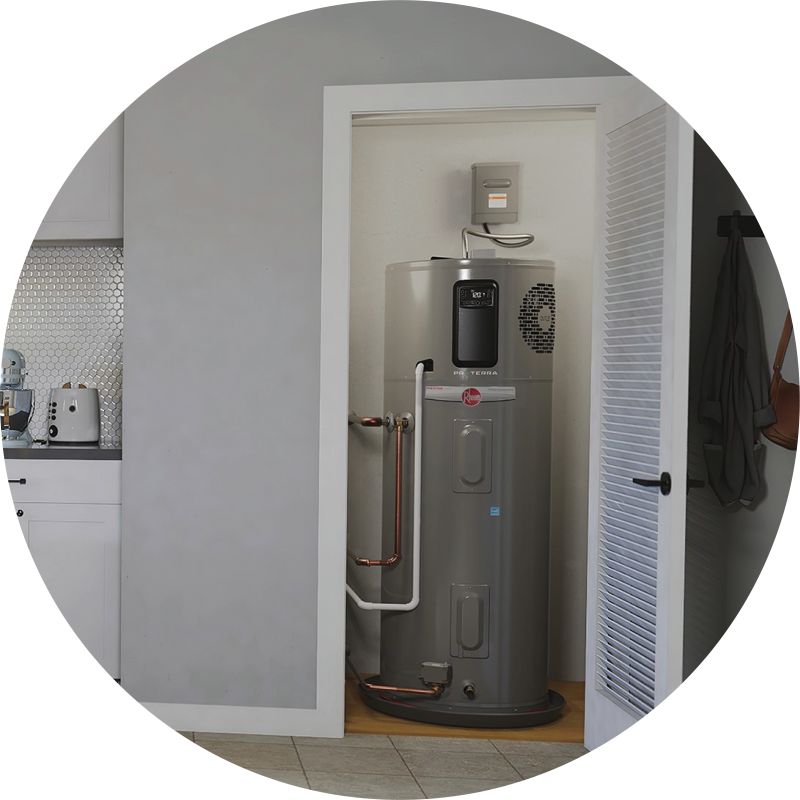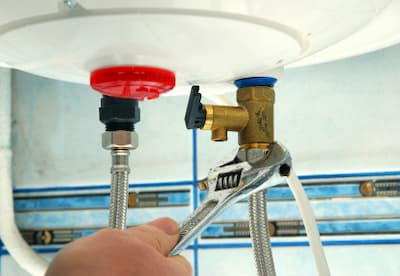Professional Advice for Maintaining Your Home's Hot Water System
Professional Advice for Maintaining Your Home's Hot Water System
Blog Article
What are your opinions on What Kind of Maintenance Do Water Heaters Need??

Hot water is necessary for day-to-day comfort, whether it's for a revitalizing shower or washing meals. To ensure your warm water system runs effectively and lasts longer, routine upkeep is crucial. This write-up supplies functional suggestions and understandings on exactly how to preserve your home's hot water system to stay clear of disturbances and expensive fixings.
Intro
Preserving your home's warm water system may seem difficult, but with a few straightforward steps, you can ensure it operates efficiently for several years to come. This guide covers whatever from recognizing your warm water system to do it yourself maintenance suggestions and understanding when to employ specialist help.
Relevance of Preserving Your Warm Water System
Regular maintenance not just extends the life expectancy of your warm water system yet also guarantees it runs efficiently. Overlooking upkeep can lead to decreased effectiveness, greater power bills, and even early failing of the system.
Signs Your Hot Water System Requirements Upkeep
Recognizing when your hot water system needs interest can protect against significant concerns. Look out for indicators such as inconsistent water temperature level, strange sounds from the heater, or rusty water.
Recognizing Your Hot Water System
Before diving right into maintenance jobs, it's useful to recognize the basic elements of your warm water system. Usually, this consists of the water heater itself, pipelines, anode poles, and temperature controls.
Regular Monthly Upkeep Tasks
Regular month-to-month checks can help catch small issues before they rise.
Flushing the Water Heater
Purging your hot water heater eliminates debris build-up, improving effectiveness and lengthening its life.
Checking and Replacing Anode Rods
Anode poles protect against deterioration inside the container. Inspecting and replacing them when worn out is vital.
Examining and Readjusting Temperature Setups
Adjusting the temperature level setups makes certain optimal performance and security.
DIY Tips for Maintenance
You can do numerous upkeep tasks yourself to keep your hot water system in top problem.
Looking for Leakages
On a regular basis inspect pipelines and links for leaks, as these can cause water damages and higher costs.
Evaluating Pressure Relief Valves
Evaluating the pressure relief valve ensures it functions correctly and prevents excessive pressure accumulation.
Protecting Pipes
Protecting hot water pipes decreases warm loss and can save energy.
When to Call a Professional
While DIY maintenance is advantageous, some concerns call for specialist experience.
Complicated Problems Needing Professional Help
Examples consist of significant leakages, electrical problems, or if your water heater is consistently underperforming.
Regular Expert Maintenance Benefits
Expert maintenance can consist of detailed assessments, tune-ups, and ensuring compliance with safety criteria.
Verdict
Routine maintenance of your home's warm water system is crucial for efficiency, long life, and cost financial savings. By following these ideas and knowing when to seek specialist help, you can make sure a dependable supply of warm water without unexpected disruptions.
How to Maintain an Instant Hot Water Heater
Before tinkering with your hot water heater, make sure that it’s not powered on. You also have to turn off the main circuit breaker and shut off the main gas line to prevent accidents. Also turn off the water valves connected to your unit to prevent water from flowing into and out of the appliance. 2. When you’re done, you have to detach the purge valves’ caps. These look like the letter “T†and are situated on either side of the water valves. Doing so will release any pressure that has accumulated inside the valves while at the same time avoid hot water from shooting out and burning your skin. 3. When the purge valves’ caps are removed, you have to connect your hosing lines to the valves. Your unit should have come with three hoses but if it didn’t, you can purchase these things from any hardware or home repair shops. You can also get them from retail stores that sell water heating systems. Read the user’s manual and follow it to complete this task properly. When the hosing lines are connected, open the purge port’s valves. 4. You should never use harsh chemical cleaners or solutions when cleaning your unit. Make use of white vinegar instead. It should be undiluted and you’ll probably use about 2 gallons. 5. Now flush your water heater. This task should probably take about 40 minutes. We can’t give you specific directions for this because the procedure is carried out depending on the type, model and brand of your heater. With that being said, refer to the user’s manual. 6. When you’re done draining the unit, you have to turn off the purge port valves again. Remove the hosing lines that you earlier installed on each of the water valves. Put the valve caps (purge port) back in their respective places and be very careful so as not to damage the rubber discs that are found inside these caps. 7. Now that everything’s back in place, check your user’s manual again to find out how to reactivate your water heating system. 8. Once it is working, turn one of your hot water faucets on just to let air pass through the heater’s water supply pipes. Leave the tap on until water flows smoothly out of it. https://www.orrplumbing.com/blog/2014/september/how-to-maintain-an-instant-hot-water-heater/

I was shown that write-up on Water Heater Maintenance Tips You Can't Afford to Forget from someone on another web page. If you enjoyed our blog posting plz be sure to share it. I am grateful for being here. Please stop by our blog back soon.
Book Inspection Report this page